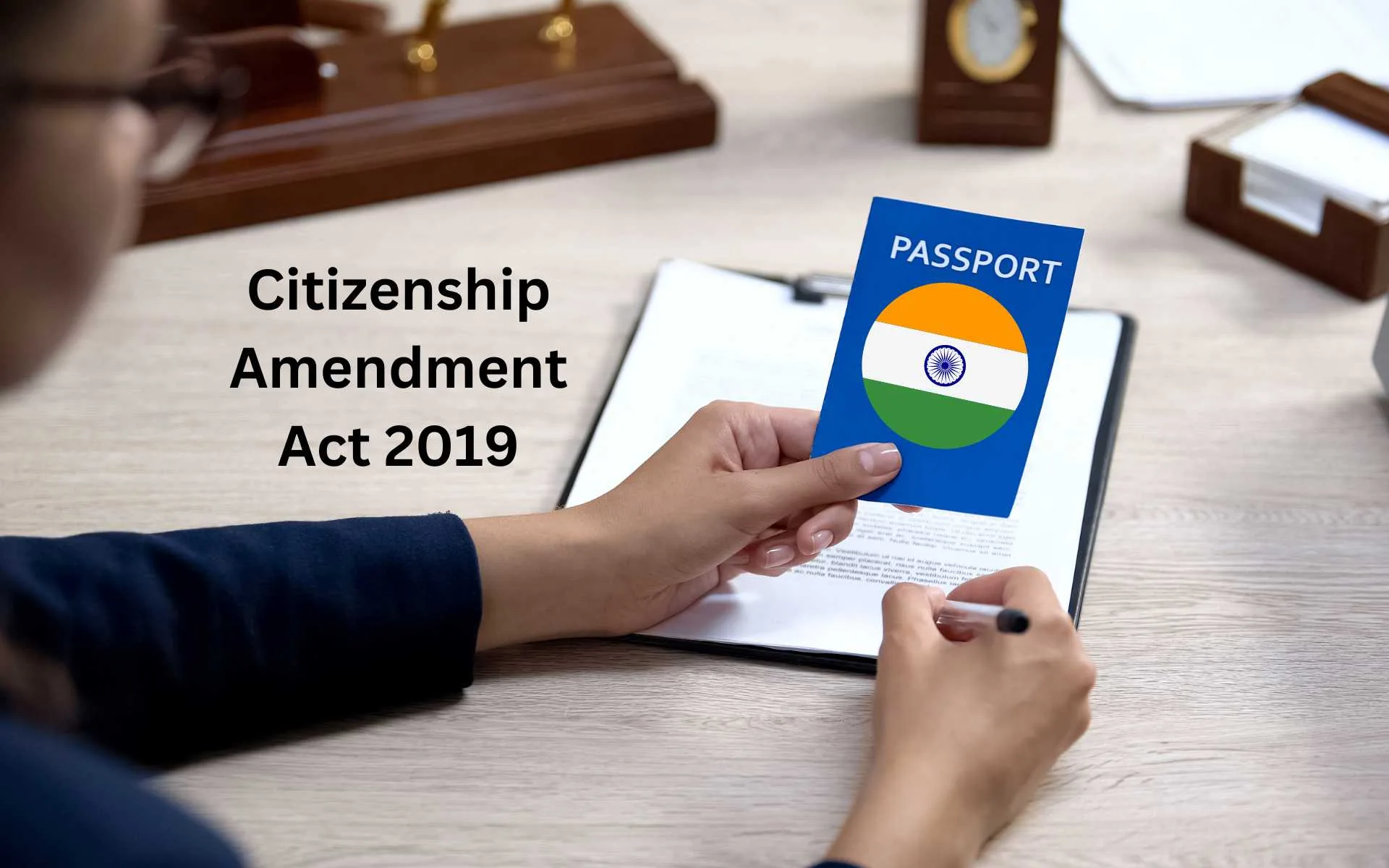The Citizenship Amendment Act(CAA) 2019 was finally notified in March 11, 2024, almost 4 years after it was passed as an act of Indian Parliament in 2019. The law facilitates the protection of religions of Indian origin and is aimed to weed out illegal nationals from India.
Table of Contents
Tweet by Indian Government
Why is the Citizenship Amendment Act(CAA) so Hotly Debated?
In 2019, the Citizenship Amendment Act(2019) was a Hotly Debated topic after it was passed in parliament. This law sparked controversy due to several rumors which mislead Muslims that their citizenship would be in danger. The law had no provision that took away anyone’s citizenship.
Several parties in India also used this rumor to fuel their political gains against the Bharatiya Janata Party led Government.
“Provided that any person belonging to Hindu, Sikh, Buddhist, Jain, Parsi or
Section 2 of the CAA Act 2019
Christian community from Afghanistan, Bangladesh or Pakistan, who entered into
India on or before the 31st day of December, 2014 and who has been exempted by the
Central Government by or under clause (c) of sub-section (2) of section 3 of the
Passport (Entry into India) Act, 1920 or from the application of the provisions of the
Foreigners Act, 1946 or any rule or order made thereunder, shall not be treated as
illegal migrant for the purposes of this Act;”.
What does the Citizenship Amendment Act(CAA) say?
Here is a brief overview of the Citizenship Amendment Act 2019 explained based on my research of the Citizenship Act 1955 and 2019.
Objective
The CAA aims to provide a pathway to Indian citizenship for persecuted minorities from three neighboring countries: Afghanistan, Bangladesh, and Pakistan.
Eligible Communities
It specifically focuses on six minority communities from these countries – Hindus, Sikhs, Buddhists, Jains, Parsis, and Christians. The last were included as they did not have a home-country in south Asia.
Cut-off Date
The Act applies to individuals who entered India on or before December 31, 2014, thereby excluding recent immigrants. This also reduces the waiting period for Naturalization from earlier 11 years to now just 5 years.
Exemptions to the CAA Act
The Act does not apply to tribal areas of Assam, Meghalaya, Mizoram, or Tripura as included in the Sixth Schedule of the Constitution, nor does it apply to areas covered under the “Inner Line” permit system. The reason being it was presumed that tribals existed on the land much before the modern state of India was constituted.
(4) Nothing in this section shall apply to tribal area of Assam, Meghalaya,
Section 3 Part 6B (4) of The Citizenship Amendment Act 2019
Mizoram or Tripura as included in the Sixth Schedule to the Constitution and the
area covered under “The Inner Line” notified under the Bengal Eastern Frontier
Regulation, 1873.’.
National Register of Citizens (NRC)
Although not a part of the CAA, it is often associated with the proposed National Register of Citizens, which aims to document legal citizens. NRA needs to be implemented to document the list of citizens of India.




